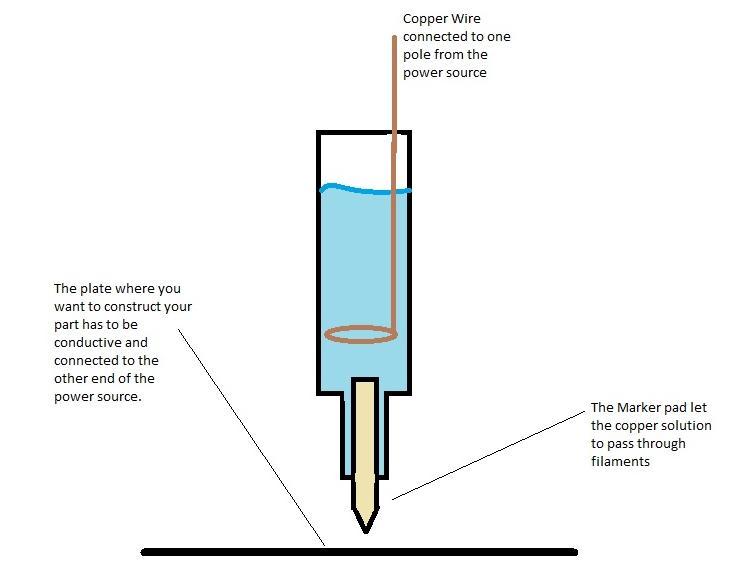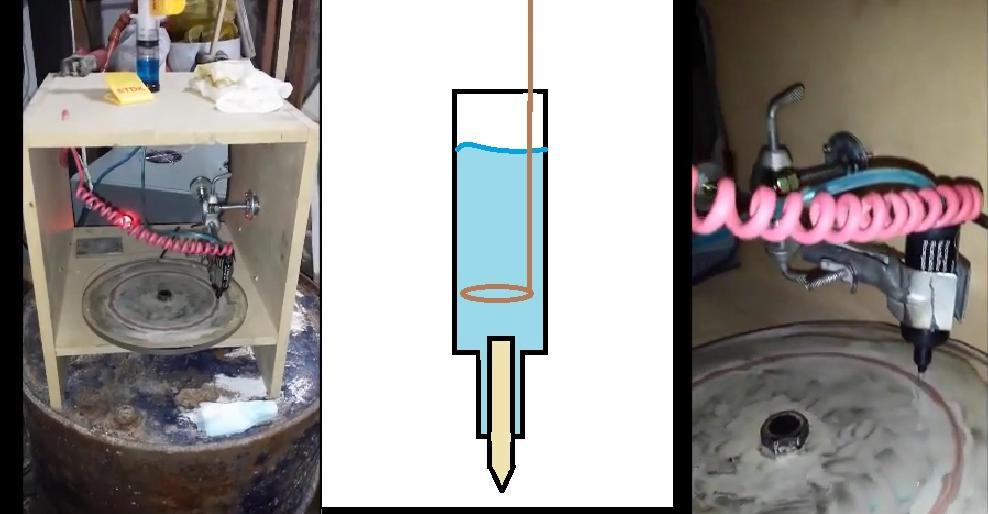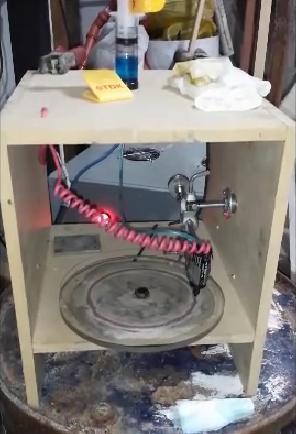 It isn’t often that you come across new 3D printers that utilize an entirely new concept which hasn’t been seen within this industry as of yet. With today’s technology, we are able to 3D print objects in hundreds of different materials, but when it comes to printing with metals, most of these machines are out our price ranges. 3D metal printers are mainly reserved for large corporations, as they come with price tags in excess of $250,000. However, as technology advances, we may one day soon be able to 3D print metal objects from the comfort of our own homes, using 3D printers that won’t break the bank to purchase.
It isn’t often that you come across new 3D printers that utilize an entirely new concept which hasn’t been seen within this industry as of yet. With today’s technology, we are able to 3D print objects in hundreds of different materials, but when it comes to printing with metals, most of these machines are out our price ranges. 3D metal printers are mainly reserved for large corporations, as they come with price tags in excess of $250,000. However, as technology advances, we may one day soon be able to 3D print metal objects from the comfort of our own homes, using 3D printers that won’t break the bank to purchase.
This is exactly what one Argentinian engineer, named Gastón Accardi, has in mind with his latest creation. Accardi has been involved with 3D printing technology for over 12 years, and was one of the first individuals to bring the technology to South America. A while ago, he had an idea for a new type of 3D printer, but due to his busy schedule, he had put off designing it for about five years. That is until a few weeks ago.
“The machine is a 3D electroplating metal printer,” Accardi tells 3DPrint.com. “I use the electrochemical reaction to deposit metal where I want. Many kinds of metal can be used, even alloys, conductive and semiconducting materials and in multi metal layers. The best is that it is a very cheap method for metal printing.”
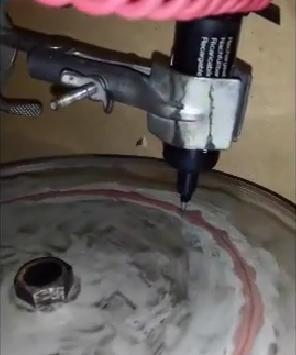 By cheap, Accardi means “really cheap,” as he put together a working prototype of his printer for just $2.00 (no, that isn’t a typo). So, how does the 3D printer work?
By cheap, Accardi means “really cheap,” as he put together a working prototype of his printer for just $2.00 (no, that isn’t a typo). So, how does the 3D printer work?
For those of you familiar with electroplating, it is a process based on electrolysis. Accardi’s 3D printer doesn’t use any laser sintering, stereolithography, or fused filament fabrication like the vast majority of other 3D printers on the market today. Instead, it uses the simple concept of electroplating in order to fabricate metal objects.
Basically, electroplating works with an energy source and two poles. One pole is connected to the part you want to coat with metal, while the other is connected to the source for the metal that you want to use for coating. An electrical conductive solution is needed and many times lemon juice or sulfuric acid is used. In copper electroplating, it is suggested that copper is diluted in the solution, as this leads to much better results in the plating process.
“So a few minutes after you pass a current between this solution, the copper grows over the screw,” Accardi explains. “It is imperative that the two electrodes you use are electrically conductive.”
Accardi’s 3D printer is based on this concept of electroplating, but takes it so much further. For his working prototype, he took a marker, pulled out its insides and then filled it with a copper acid solution. He then feeds one pole (copper electrode wire) into the marker’s body, so that when the circuit is electrified by touching the surface of the printer’s build plate — which is coated in conductive silver and connected to the other pole — the ions from the copper go from inside of the acid within the marker, through the marker’s tip/pad, and onto the surface of the build plate. This can be done one layer at a time, in order to build up a 3-dimensional object.
“So literally you can write with copper instead of ink,” Accardi tells us. “And if you write over and over, hundreds of times, 3D letters start growing in the Z axis [direction], one over another.”
The marker can be filled with virtually any conductive or semiconductive metal, such as titanium, gold, platinum, iron, nickel, chrome, as well as alloys like bronze. As you can see in the video of Accardi’s prototype at the bottom of the page, the printer is pretty basic. However, he tells us that he has purchased a 4-axis CNC machine and plans to mount it with his electroplating system. This means that it will be able to be utilized like a more conventional FFF-based 3D printer, but instead of printing with extruded metal plastic, it could print with metal.
While Accardi’s prototype only cost him about $2.00 to create, he is looking for investors to help him manufacture a more high-end machine that he could eventually sell.
“I’m an inventor, working in many different fields,” he tells us. “Life is like a puzzle. You have to get as many pieces as you can and then start to put [them] together.”
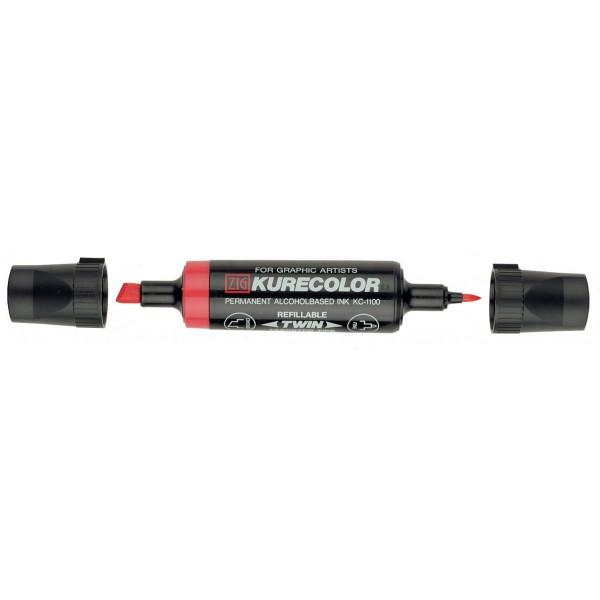 Accardi believes that he will need about $100,000 in order to really move forward with his idea, and manufacture this printer for resale. He believes that if he can raise the funds, he could sell these 3D metal printers for between $1,000 and $2,000. Besides mounting the system to a 4-axis CNC machine, he would also like to create a machine that can utilize several markers at once, all printing with different metal materials.
Accardi believes that he will need about $100,000 in order to really move forward with his idea, and manufacture this printer for resale. He believes that if he can raise the funds, he could sell these 3D metal printers for between $1,000 and $2,000. Besides mounting the system to a 4-axis CNC machine, he would also like to create a machine that can utilize several markers at once, all printing with different metal materials.
“The other day,” Accardi said, “I was thinking that in theory, you can construct prototypes that can create electronic circuits and even components inside, such as transistors or censors, made with the combination of different metals in a multiple marker printer.”
Accardi would also like to utilize one marker filled with conductive silver ink in order to allow for the printing of these metals onto previously non-conductive surfaces. For example, a plastic object could be inserted into the printer, then printed on with the conductive silver ink, and then printed on top of using the other metals via the 3D printer’s electroplating process.
He believes that this could lead to the 3D printing of many unique electronic devices such as “intelligent prostheses” which could feel temperatures and pressure. While the printer has a ton of potential, one obstacle he would also like to overcome is the slowness with which it prints. In his prototype, he printed approximately 0.2mm on the z-axis, over the course of one hour. At the same time, energy usage was quite high at about 17 volts.
Electroplating has been around for ages, but the idea of utilizing it for 3D printing solid metal objects is one which Accardi believes could revolutionize the process of 3D printing with metals. It’s a safe process that could be conducted inside of a home, unlike the other 3D metal printers on the market today. The ability to print with metals at a small fraction of the cost of today’s machines could mean huge things for small businesses, as well as individuals who cannot afford the more conventional 3D metal printers.
What do you think of Accardi’s invention? What would you do differently? Would you like to help him bring this 3D printer to market? Discuss in the 3D electroplating metal printer forum thread on 3DPB.com. Check out the video demonstration of Accardi’s 3D printer below.
Subscribe to Our Email Newsletter
Stay up-to-date on all the latest news from the 3D printing industry and receive information and offers from third party vendors.
You May Also Like
Air Force Awards Fortius Metals $1.25M to Qualify 3D Printing Wire for Hypersonic Applications
AFWERX, part of the US Air Force Research Laboratory (AFRL), awarded a Direct-to-Phase II Small Business Innovation Research (SBIR) contract worth $1.25 million to Colorado’s Fortius Metals, to accelerate qualification...
US Air Force Awards JuggerBot $4M for Large-format Hybrid 3D Printing
Large-format 3D printer manufacturer JuggerBot has received a $4 million grant to develop a large format 3D printer, courtesy of the Under Secretary of Defense, Research and Engineering Manufacturing Technology...
Where Have All AM’s Unicorns Gone?
In the rapidly evolving world of 3D printing, startups valued at over a billion dollars, known as unicorns, once seemed as fantastical as the mythical creatures themselves. While a few...
How My Childhood Fascination with Planes Led to Investing in 3D Printing
My fascination with aerospace started young, and I started studying planes–identifying them in the sky and learning everything I could about how they work. Fast forward to my first week...


